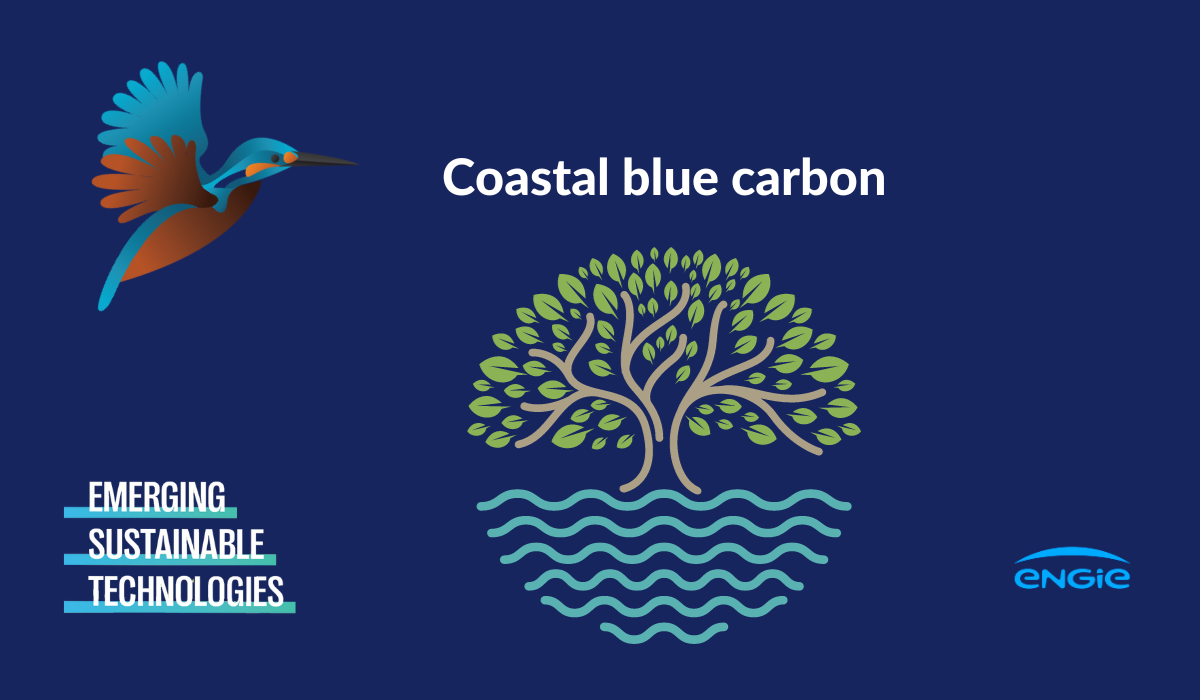

13% of CO2 mitigation options should come from Nature-Based Solutions to reach global net zero greenhouse gas emissions.
Blue carbon is the carbon captured by living coastal and marine organisms and stored in coastal ecosystems such as mangroves, seagrass beds, salt marshes.
Evidently, the absolute carbon sequestration potential of a country depends on the length of the coastline and the size of that country’s Exclusive Economic Zone (EEZ). The three countries with the largest absolute annual carbon sequestration potentials are Australia, the United States and Indonesia. These countries also have the largest areas covered by coastal ecosystems and are among the countries with the largest EEZs.
Advantages
• 726 tons of coal are compensated by one hectare of mangrove.
• Every year, coastal wetlands store enough CO2 to offset the burning of over 1 billon barrels of oil.
• In some areas, one hectare of seagrass can store 2 times the carbon captured by an average terrestrial forest.
• Although covering less than 1% of the ocean they store over 50% of the seabed’s rich carbon reserves.
Challenges
• If degraded or lost, coastal blue carbon ecosystems are expected to release most of their carbon back to the atmosphere.
• Risk of increased CH4 emissions.
• Effect of shoreline modifications on sediment redeposition and natural marsh accretion.
Blue carbon is part of Nature-Based Solutions, defined by the IUCN as actions aimed at protecting, sustainably managing and restoring natural or modified ecosystems to directly address societal challenges in an effective and adaptive manner, while ensuring well-being human and producing benefits for biodiversity.
As they conserve or expand ecosystems, NBS protect biodiversity against both climate change and habitat loss. 13% of CO2 mitigation options should come from Nature-Based Solutions to reach global net zero GHG emissions. Nature is the forgotten solution representing 37% of the climate solution.